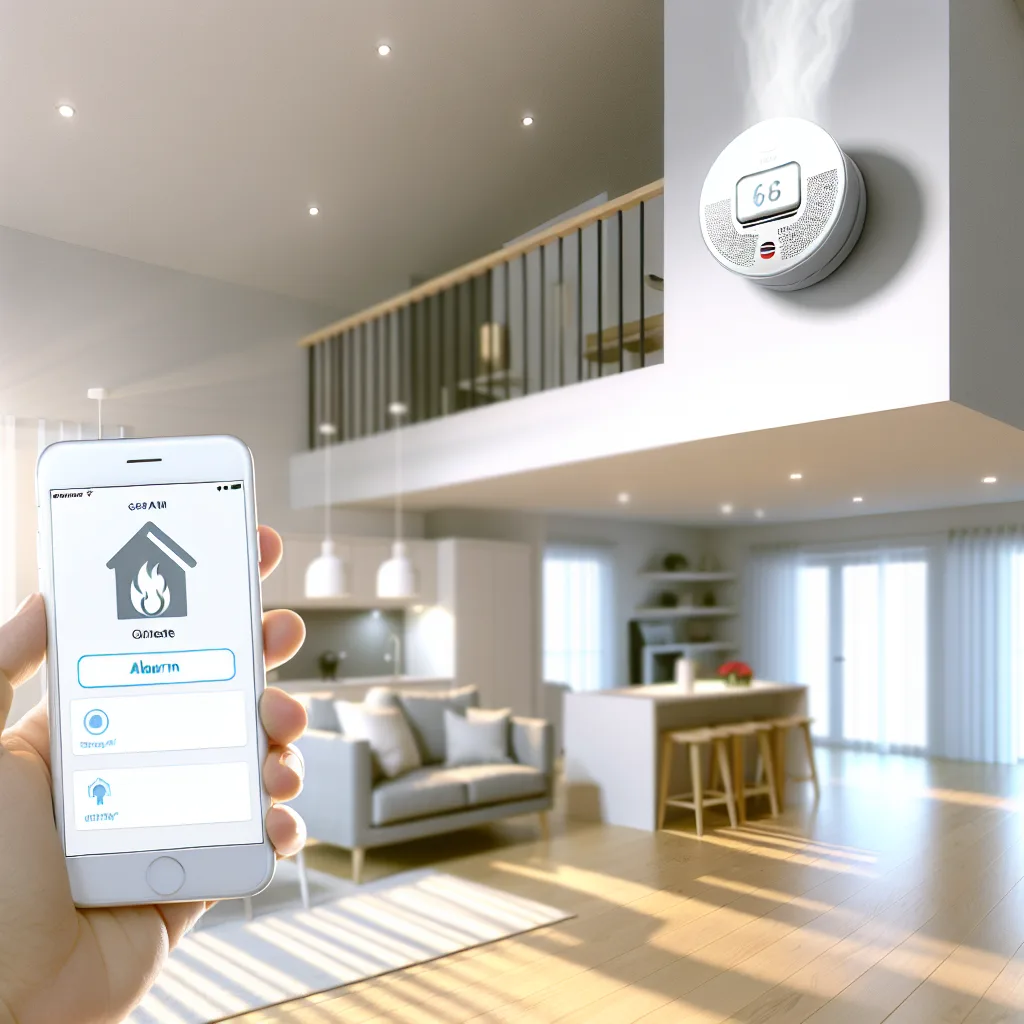How to choose a safe, budget-friendly smart alarm system for your townhouse
Buying a new townhouse is exciting, but replacing smoke and carbon monoxide alarms can be overwhelming—especially if you want to upgrade to smart technology. I recently faced the same challenge, and after some digging, I found a way to balance safety, convenience, and budget. This post is for anyone like me who’s looking for the best setup of smoke carbon monoxide alarms without breaking the bank.
Why Smart Smoke Carbon Monoxide Alarms?
Safety is the top priority, of course. But adding smart features brings real convenience. Imagine an alarm system that can notify your phone if it detects smoke or carbon monoxide, allows you to silence false alarms remotely, and meets local codes requiring hard wiring and battery backups. That’s what modern smoke carbon monoxide alarms offer.
Can You Mix Smart and “Dumb” Alarms?
A natural question is whether you can save money by buying one smart alarm and connect it with multiple standard alarms. In theory, interconnected alarms let all devices sound the alert if one detects danger. But here’s the catch: most interconnected “dumb” alarms can’t be silenced remotely through the smart one. This means you’d still have to manually silence each alarm.
So if remote silencing is a must-have for those high, hard-to-reach detectors, you’re better off getting all smart alarms or at least all interconnected smart alarms from the same ecosystem. This ensures your phones can communicate with each unit.
What to Look for in Your Smoke Carbon Monoxide Alarms
- Hard wiring with battery backup: Often required by code and reliability.
- Remote silencing: If alarms are placed high or far away.
- Interconnectivity: Alarms communicate for safety.
- Voice alerts: Helpful but sometimes optional.
- Battery lifespan: Preferably 10 years to avoid frequent changes.
Brand and Ecosystem Recommendations
Since this is your first foray into smart home tech, picking the right ecosystem makes a big difference.
- Google Nest Protect: Great for Android users and works well with your Nest thermostat. It offers smoke and carbon monoxide detection, voice alarms, and app notifications. It’s hardwired with a battery backup and supports remote silencing.
- First Alert Onelink Safe & Sound: This works with Apple HomeKit but also has standalone features. It’s pricier and might stretch your budget.
- Kidde Smoke & Carbon Monoxide Alarms: Kidde offers reliable, more affordable options with various interconnected models. Some support Wi-Fi and app control.
Budgeting for 7 Alarms
Your $500 budget is reasonable but might be tight for all smart alarms. Nest Protect units run about $120–$130 each, which would be above your total budget if you buy all seven smart units. Mixing one smart with six interconnected alarms is tempting, but be mindful of the limitations on features like remote silencing.
Compatibility with Other Smart Devices
Since you already have a Samsung Bespoke fridge and a Nest thermostat, leaning toward Google’s ecosystem makes sense. Nest Protect integrates seamlessly with the Nest thermostat app and Google Home, which you can control on your Android phones. This keeps your smart home setup unified and easier to manage.
Final Thoughts
Overall, for a townhouse with multi-levels, safety plus convenience count. Prioritize fully interconnected alarms that allow app notifications and remote silencing. Google Nest Protect is often the best starting point for homes using Android and Nest devices. It might mean stretching your budget or purchasing alarms in phases.
For more in-depth info, check out Nest Protect’s official site, First Alert Onelink, and Kidde alarm options.
Remember, the peace of mind that comes with a good smoke carbon monoxide alarm system is worth every penny. Safety first, convenience second, and smart choices all around.
Stay safe out there!
This article is aimed at helping those new to home automation pick the best smoke carbon monoxide alarms for their needs, blending safety and smart features without stress.
